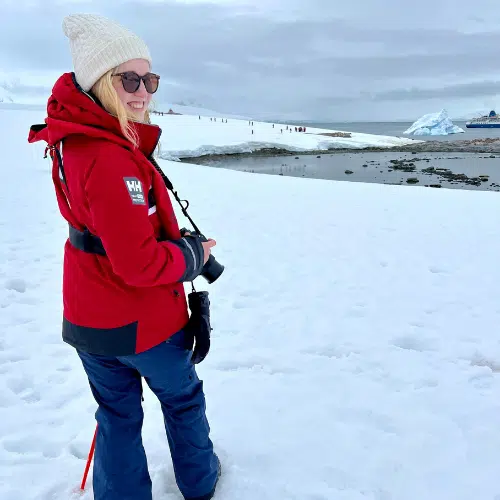14 important Tips to Ensure the Best Antarctica Cruise
Antarctica is by far the most extreme and beautiful place I’ve ever visited. Stepping on my 7th continent in February 2024 was a major bucket list item, but I couldn’t have predicted how much this wild landscape would take my breath away every day (not just during the Polar Plunge!). Because Antarctica is so remote, preparation is imperative. If you’re looking into taking a cruise to Antarctica, here are the key tips you need to know to make sure your trip is unbeatable.
This post may contain affiliate links, which means I’ll receive a commission if you purchase through my link, at no extra cost to you.
The Cruise Company You Go with Matters
There are a lot of companies that operate cruises to Antarctica, but they are not all equal. For ships over 500 passengers, no one is allowed to land on the continent, and for ships 200-500 passengers, only 100 passengers at a time can land. This can really limit your time to explore.
I did a lot of research before picking my cruise company. Factors I considered were number of passengers on the ship (the smaller the better), activities offered (I absolutely wanted to camp on Antarctica), company’s mission, and length of time spent off the ship.
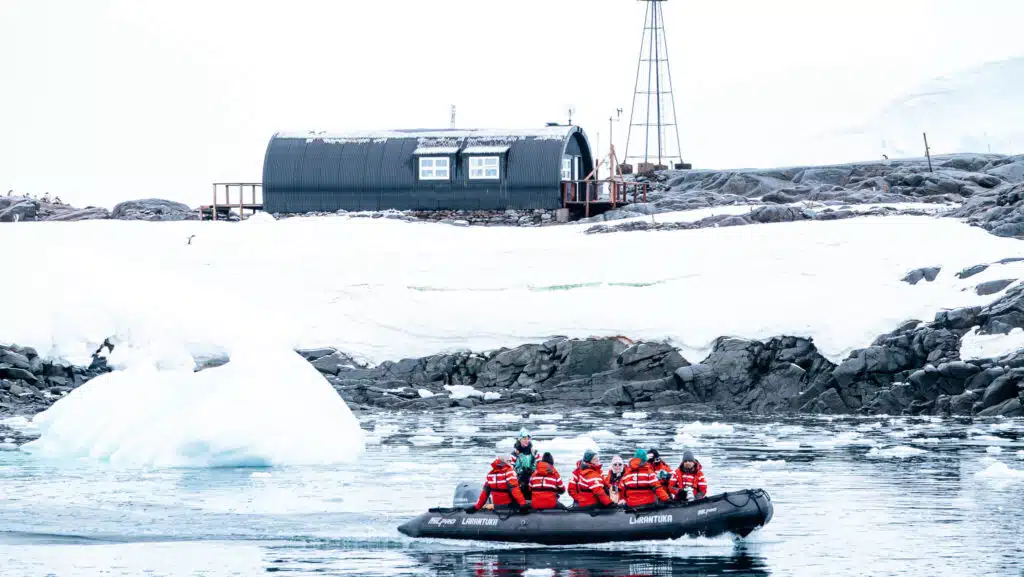
If you’re traveling solo, you’ll also want to try to find a cruise line without a single supplement fee, which could double the cost of your trip! Some companies get around this by either having cabins for just one person or pairing up solo travelers.
Cruise length varies, but it’s most common for cruises to last 10 nights, which includes 2 days crossing the Drake Passage each way and 5 days of exploring the continent. I picked cruise dates to overlap with a work holiday to minimize the amount of PTO needed.
Also be sure to consider if your cruise includes hotel nights in Ushuaia, airport transfers, and/or flights from Buenos Aires to Ushuaia. It’s not a deal breaker if that’s not included, but you’ll want to factor in those extra costs.
My Trip with Polar Latitudes
I ultimately decided to book a trip on the ship Seaventure with Polar Latitudes and absolutely loved my experience with them. It’s not the most luxurious of the Antarctic cruise ships, but it felt like a true expedition ship. After all, the point of going to Antarctica is to explore, not to be pampered. However, we definitely weren’t roughing it. The food was amazing, staff was next level (and their passion for Antarctica was infectious), and they put a big emphasis on getting us off the ship often and for as long as possible. We did 2-3 hour excursions twice a day with lots of whale watching in between.
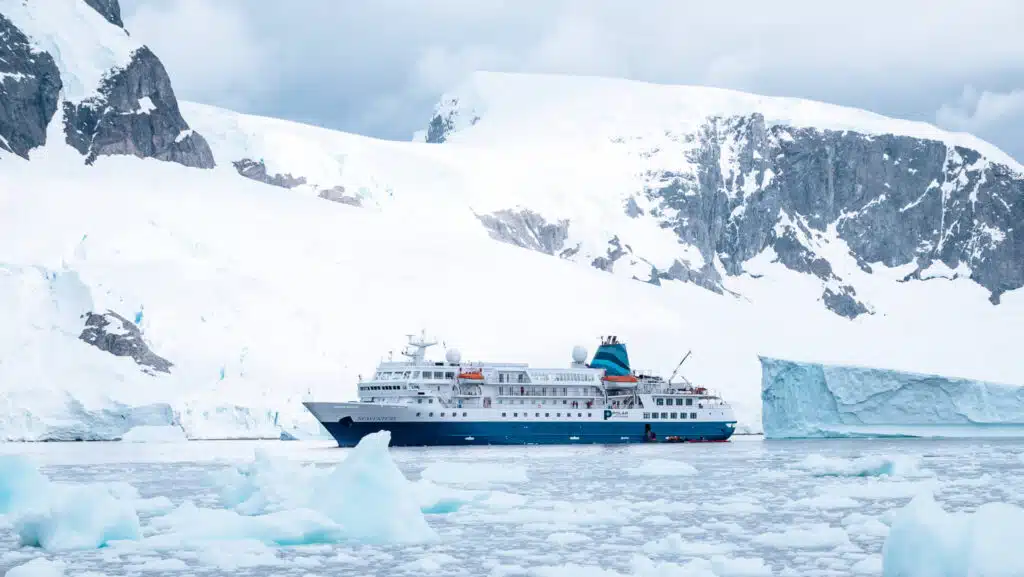
Camping and kayaking were an additional cost and you’ll need to sign up for some in advance as they do fill up.
Our trip also included muck boots we could use for the duration of our trip and expedition jackets that were ours to keep (we still wear them all the time). There were also hiking poles we could use at landings (1 pole per person).
[RELATED: Antarctica Camping: What it’s Like to Sleep On the Snow]
It’s Warmer Than You’d Think
Antarctica cruises only operate in the Southern hemisphere’s summer (October-March), so temperatures tend to be warmer than you’d expect. The Antarctic peninsula is also warmer than the rest of the continent. On my cruise in February, daytime temperatures never dipped below freezing, mostly sticking to the 33–35-degree Fahrenheit range.
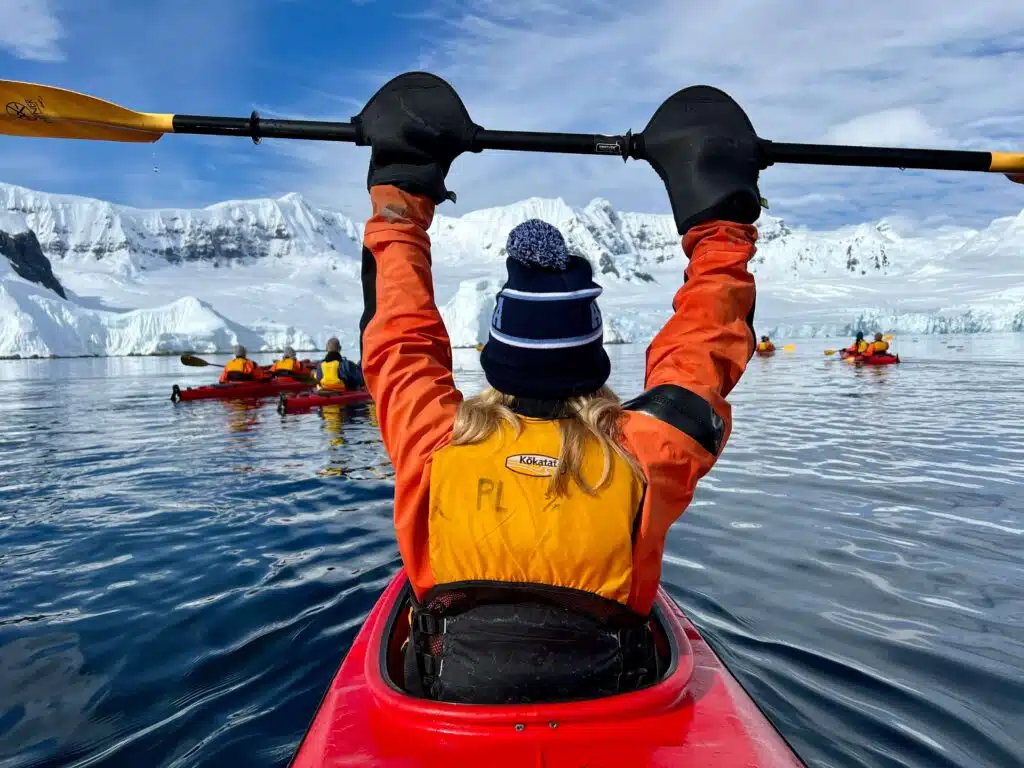
If you’ve been skiing, you’ll be dressing very similarly for Antarctica. Add an extra layer for Zodiac cruises, where you’ll be sitting in the wind for long period of time. For landings, I always had to shed a layer as I built up a sweat hiking around. Merino wool makes for the best temperature regulating base layers – my favorites are from Smartwool and Unbound Merino.
When to Go
Your cruise dates are determined by a multitude of factors: your schedule, holidays, flight prices, or deals on certain trips. However, if specific animals are more important to you than others, you may want to factor that in.
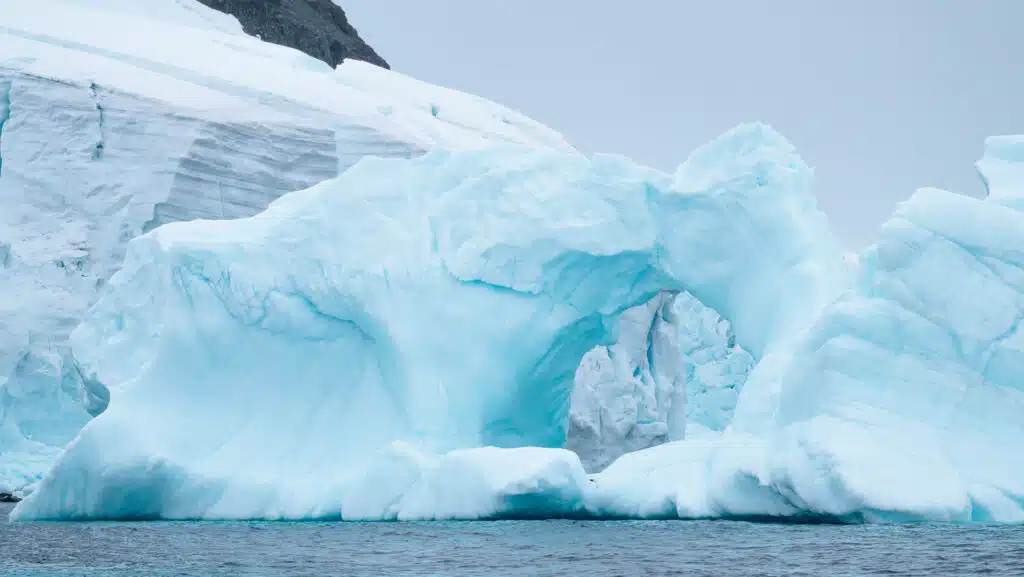
For example, penguin chicks tend to hatch earlier in the season, so by the time February and March roll around, they’re a lot bigger and looking more like adults every day. But late season cruises tend to spot the most whales, so you have to weigh these against one another. January tends to be peak season for tourism for this reason – it splits the difference (but it’s also the most expensive month to go).
Get Discounts Booking Early or Last Minute
Antarctica is not a budget friendly destination and booking a cruise with points isn’t feasible, but there are ways to keep costs down. Primarily, the best way to find deals is to book early (we’re talking 1-2 years out) or very last minute (within a couple weeks). I did the former and booked my cruise 18 months in advance and received an early booking discount. However, the trip did get significantly cheaper a couple months before our trip.
I’ve also heard of people flying down to Ushuaia and talking to cruise companies in person to see if any of them have last minute availability. This is definitely the riskiest option, but also has the potential for massive savings.
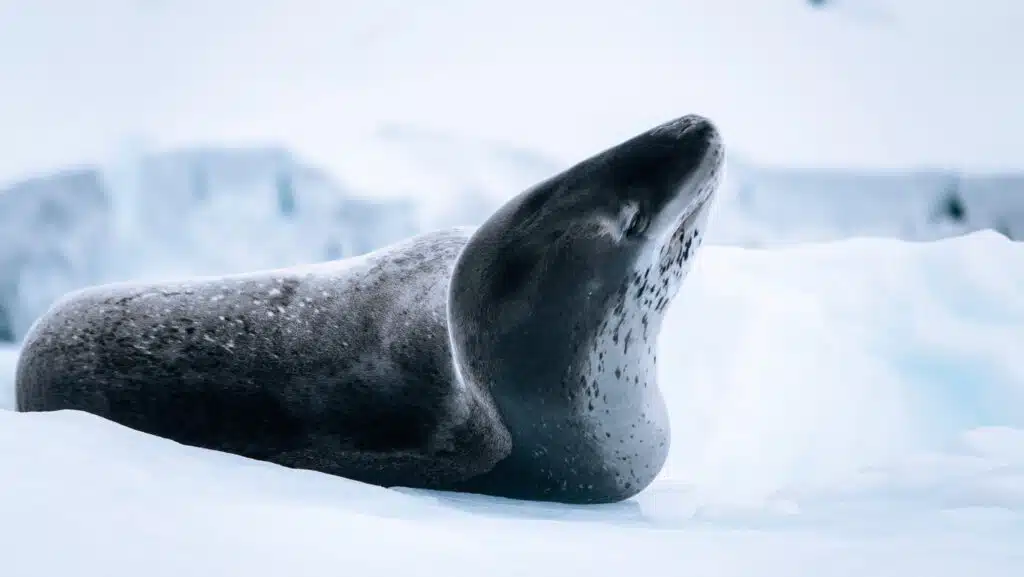
Additionally, you can use points to book your flights down to Argentina. I booked Iberia business class flights on points to fly ORD-MAD-EZE and saved a ton of points by flying an unconventional route.
Picking Your Cruise Cabin
If you’re trying to decide which cabin to book on your ship, consider your priorities. For those who want to minimize the rocking of the ship, you’ll want a cabin low and centered in the ship.
Price will also be a big deciding factor for many, and the lower decks tend to be cheaper. You’ll likely end up with a porthole instead of a balcony, but the cost difference could be almost $10,000 per person. Many Antarctica cruise ships don’t offer interior cabins, so every cabin will have at least a window.
For the best views, a cabin with a balcony will give you direct access to the wildlife. Despite the big price difference, I am glad we booked a balcony room. We were able to step out first thing in the morning to take in the Antarctic air and could even watch the Polar Plunge from our balcony.
You’ll Likely Leave from Ushuaia
Most Antarctica cruises leave from Ushuaia, Argentina, which is the southernmost city in the world (*technically there’s another town further south but it’s so sparsely populated it’s not considered a “city”). Getting to Ushuaia can take a while, and you’ll likely find yourself going through Buenos Aires to get here. Allow yourself plenty of time in case there are flight delays so you don’t miss your cruise.

Ushuaia is a well-equipped town, so if you forgot to pack anything, you can pick it up here before you embark.
Being in Patagonia, there are tons of beautiful parks and hiking trails. If you can, add a couple more days onto your trip to explore this beautiful region. We didn’t have extra time, so we will definitely be back (but we did squeeze in the 6.9 mile Cerro del Medio hike after disembarking the ship and before our flight).
Recommended Ushuaia hotels:
Surviving the Drake Passage
The Drake Passage is infamous for being some of the most brutal seas on the planet. You may get lucky and experience the “Drake Lake,” which is when the water is as smooth as glass, but chances are higher you’ll get some level of “Drake Shake.” Don’t let the fear of the Drake Passage keep you away from an Antarctica cruise, because even a couple days of sea sickness is well worth it for the reward of seeing the White Continent.
On our cruise, we were lucky to pass between 2 storms and “only” experienced 5-meter waves. This was still enough to make it tough to sleep the first night, but nothing was flying off of tables or shelves. Our captain commented that 5 meters was pretty calm – if we’d left just 1 day earlier or 1 day later, we could have gotten well over 10 meters!
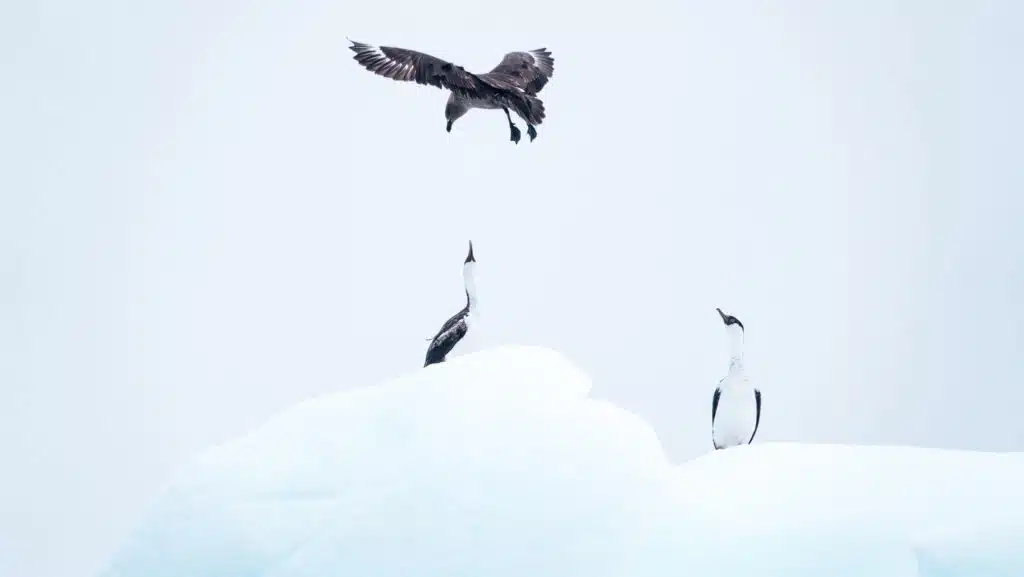
There are also cruises that will fly you across the Drake if you’re really averse to rocky seas, but be prepared to pay a premium for this. I saw the Drake as a rite of passage and it wasn’t as bad as I’d built it up to be in my head.
Medication
The best way to survive the Drake Shake is to prepare for the worst and hope for the best. I purchased just about every sea sickness medication and device that you can get. But ultimately, I ended up using a combination of a scopolamine patch, meclizine (commonly sold as Bonine), and SeaBands. Fighting sea sickness is also about getting ahead of it, so it’s important to put the patch on and take medication before you’re feeling symptoms.
The scopolamine patch is available by prescription and I used PlushCare to get a virtual appointment and quickly got plenty of patches (they last about 3 days). If you’ve never used these patches before, you may want to test it in advance because some (especially older) people experience negative side effects like blurry vision or confusion.
Meclizine will also make you very drowsy, so be prepared to sleep a lot. I took naps between every lecture and meal on the way South. Just remember to set alarms so you don’t miss the activities you want!
Attend the Lectures
Just about every cruise line will offer lectures about Antarctica throughout the 2 days on the Drake Passage. Topics can vary from the history of Antarctic exploration to the various wildlife you’ll encounter and more.
Here’s the list of lectures we attended aboard Seaventure:
- Incredible Stories of Seabirds
- Whales of Antarctica: Giants of the Deep
- Secrets of Antarctic Penguins
- Seals of Antarctica
- Wildlife Photography Workshop
- Edward Wilson and The Worst Journey in the World

Your ship may also provide opportunities to go on a bridge tour and participate in citizen science, which is where you can collect data that gets aggregated to help organizations like NASA do ongoing research on our Earth.
Antarctica Weather is Unpredictable
Weather in Antarctica is very unpredictable. It can be sunny one day and blizzard conditions the next. Treat every day in Antarctica as if it’s the last chance you’ll get to be out and exploring, because that could be the case if the weather turns south.
Plan to Throw Any Itinerary Out the Window
On the first day of our trip, our expedition leader laid out the plan for the trip, showing us a map of all the landing sites he planned for us to visit. He then quickly said that he’s never seen a trip stick to plan A! Instead, plan B, C, M, and Z have to be considered because of the ever-changing weather.
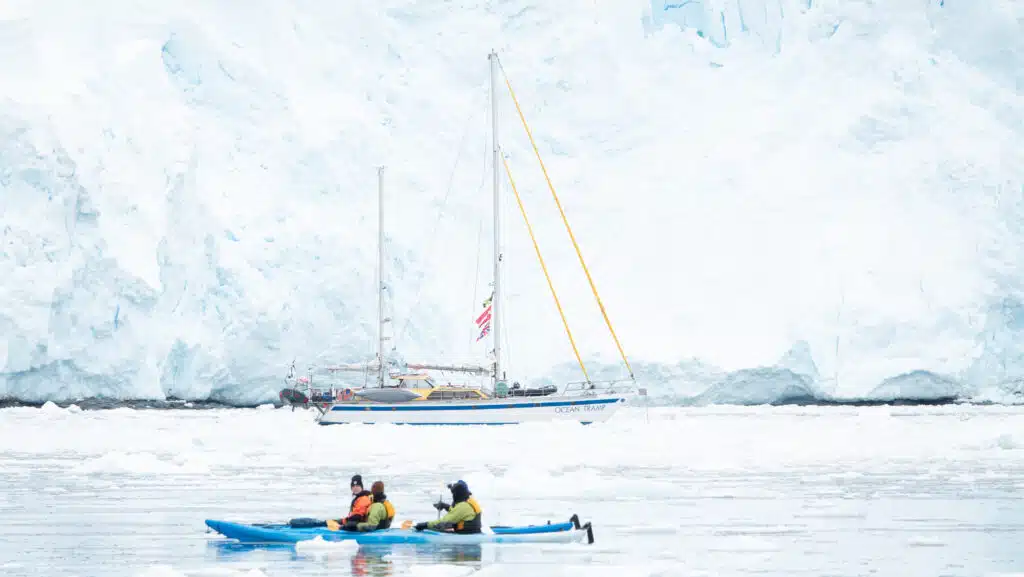
All of the cruise ships are part of the International Association of Antarctic Tourism Operators (IAATO) and they work together to follow guidelines to protect the environment. One rule is that only one ship can land at a time at any given time and there’s a spreadsheet the various expedition teams use to sign up.
As a passenger on the ship, trust that your expedition team is doing everything they can to find the best spots given the conditions.
Invest in a Quality Camera
Even if you’re not a professional photographer, it’s worthwhile to bring a good camera. Your iPhone just isn’t going to cut it down here, especially photographing wildlife from a distance. I have no experience using professional equipment but just 2 weeks before I left, I decided to splurge and pick up a Sony RX10iv bridge camera. I liked that this camera had a really wide 24-600mm zoom range and only 1 lens to worry about, which kept it simple for a beginner. Renting cameras is also an option, but be sure to check the terms & conditions about traveling with it first.
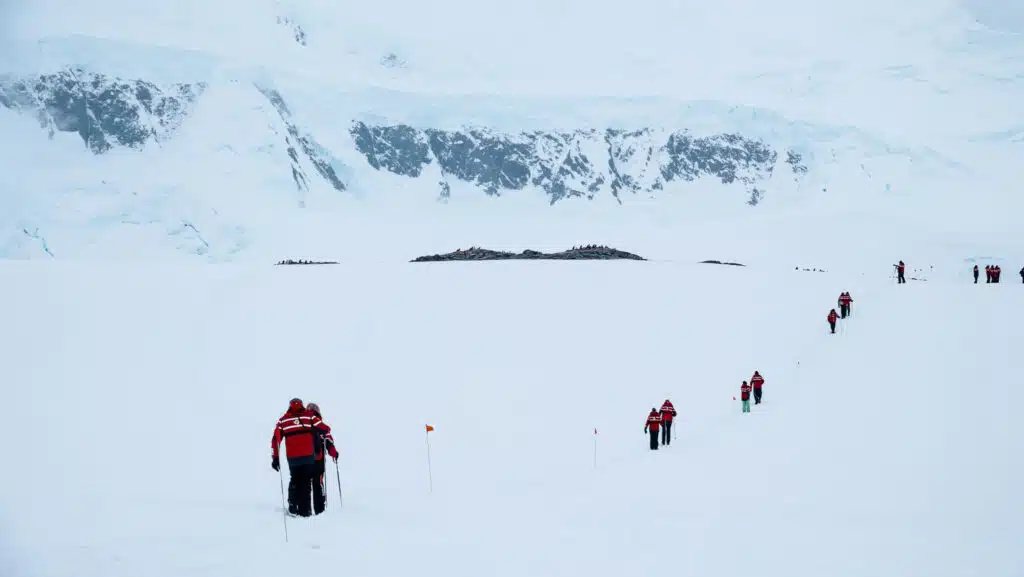
Between a couple of YouTube tutorials and a lecture given by the onboard photographer early in the cruise, I am thrilled with how my photos turned out. Were they all perfect? Heck no! But there were more than enough great pictures (almost all of the pictures in this article were taken on my new Sony camera). I also purchased a pack of Lightroom presets to be able to quickly and cohesively edit my pictures.
Good cameras are expensive, so you’ll want to make sure to protect your camera from bumps and the elements. My camera is weather sealed, but I still kept it in a neoprene sleeve and stored it away during the Drake Passage. I also played it safe and didn’t bring it with me during our one rainy morning.
You Won’t Regret the Polar Plunge
Every Antarctica cruise will offer the Polar Plunge at least once, weather permitting. It’s totally optional to participate, but I highly recommend taking the leap! I was so scared leading up to the Polar Plunge that I barely slept the night before. I was afraid I’d jump in and have a heart attack (as a healthy 26-year-old…), freeze up and forget how to swim, or be eaten by a leopard seal.
During our Polar Plunge, the water was 32 degrees but still liquid because the salt in sea water lowers its freezing point. It started to snow just before the Polar Plunge, which really emphasized just how cold it was.
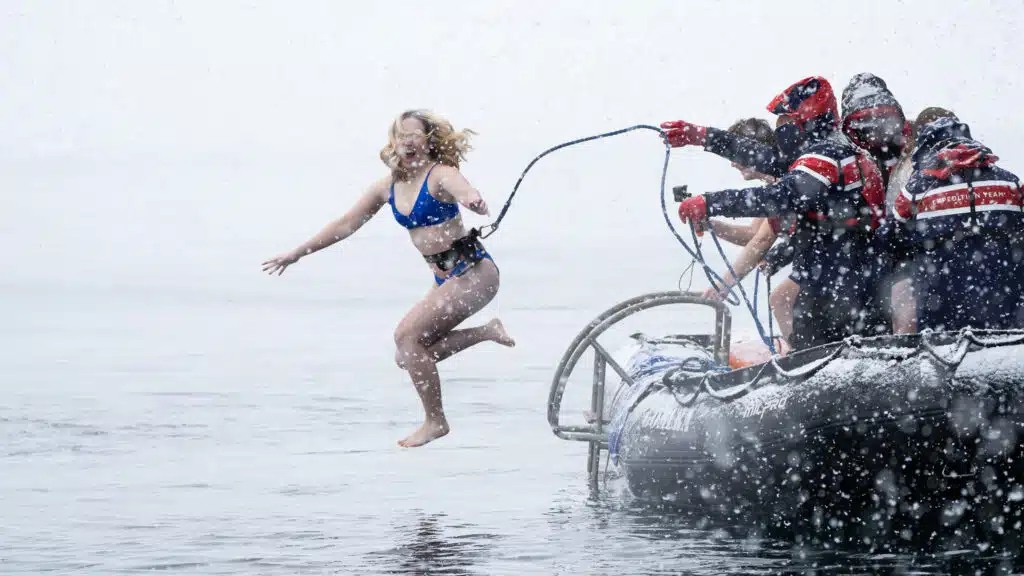
Somehow, I was able to will myself onto the zodiac and then into the water. I was in the water so briefly that my brain couldn’t even comprehend how cold the water was. When I got out, it took be about 10 seconds to be able to breathe normally again. As soon as I was back on the ship (and could breathe), I couldn’t stop smiling. I was so proud of overcoming my fears and had a natural high for the rest of the day. After I toweled off, I wasn’t even cold, but I still appreciated the hot chocolate they offered.
I would definitely do the Polar Plunge again!
Landscapes and Wildlife are Other Worldly
When you first lay your eyes on Antarctica, be prepared for your jaw to drop! You’ll start to see icebergs in the Drake Passage before you see the first pieces of land.
I’m a travel writer and I can’t even find the right words to describe how beautiful Antarctica is. None of the adjectives seem to capture the grandiose landscape. Cliffs rise straight out of the water and there’s and endless amount of ice and glaciers.

It is also so special to see penguins, whales, and seals in their natural habitat. It makes you appreciate them on a level you never could in a zoo. I did think that we’d see Emperor penguins, but they tend to live in the more extreme inland areas. We did see Adèle and Chinstrap penguins. (Some people did think we’d see polar bears on this cruise, but they only live in the Arctic!)
Read Endurance Before You Go
Endurance by Alfred Lansing is the best account of Ernest Shackleton’s famed expedition to Antarctica. An attempt to be the first to cross the continent instead turned into a tale of survival for Shackleton and his 27 men after their ship got stuck in the pack ice and sank in 1915. This incredible true story of how every man survived over this nearly 2-year journey will give you so much appreciation for all the technology that exists on modern Antarctic cruise ships. I mean, Shackleton didn’t even have a GPS and a lot of modern cruises have Starlink internet! Grab a copy here.
I read Endurance after my trip, but I really wish I’d read it before. If you want another Antarctica book recommendation, check out The Impossible First by Colin O’Brady (grab a copy here).
Rules and Conservation on Antarctica
Antarctica is one of the last areas largely untouched by humans. Aside from a few research bases, the area is very wild and a lot of effort goes into keeping it this way.
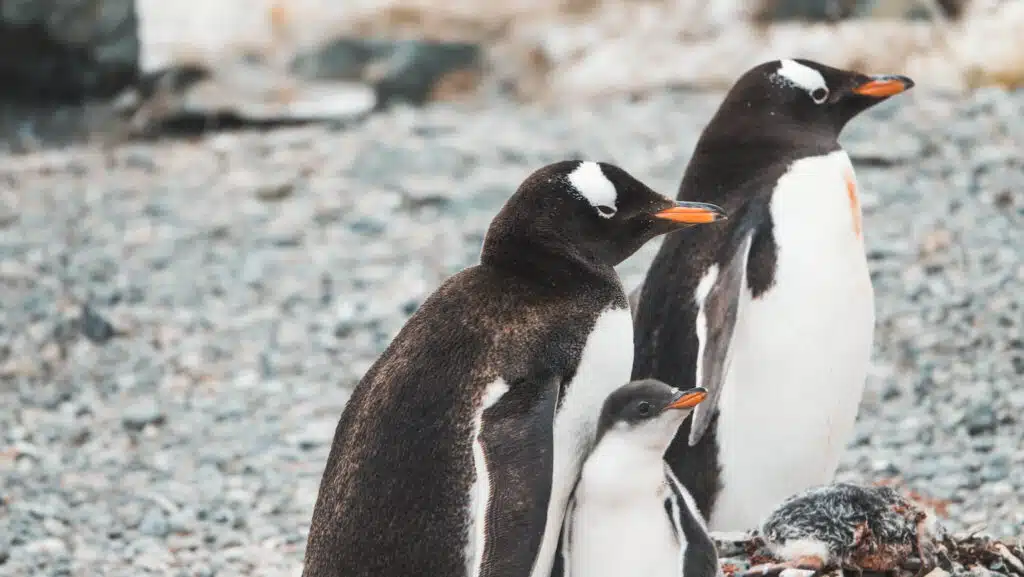
There’s currently a bird flu outbreak that is heavily affecting the animal populations in Antarctica, so there were extra restrictions in place this season.
Here are some of the biggest rules we had to follow:
- Vacuuming all our outerwear and backpacks that would come on land to ensure we didn’t accidentally bring things like seeds from abroad onto land
- Washing our muck boots when getting on/off the ship
- Keeping a safe distance from wildlife (the distance varies between species)
- No kneeling, squatting, sitting, or laying down on land
- No drone flying without permits (which are very hard to obtain)
- Sticking to the marked trails (which is also for our own safety so we don’t fall down a crevasse!)
Final Thoughts
If you’re considering an Antarctica cruise, take Nike’s advice and JUST DO IT. It’s so so worth it! I didn’t grow up as a nature lover or outdoorsy person, but in the past couple years I’ve gained so much appreciation for the natural beauty in the world. I’ve explored over 30 countries and all 7 continents, but nothing I’ve seen holds a flame to Antarctica. Our ship had Wi-Fi available, but I intentionally turned my internet off for the full 10 days. That really allowed me to be present and soak up this special place.
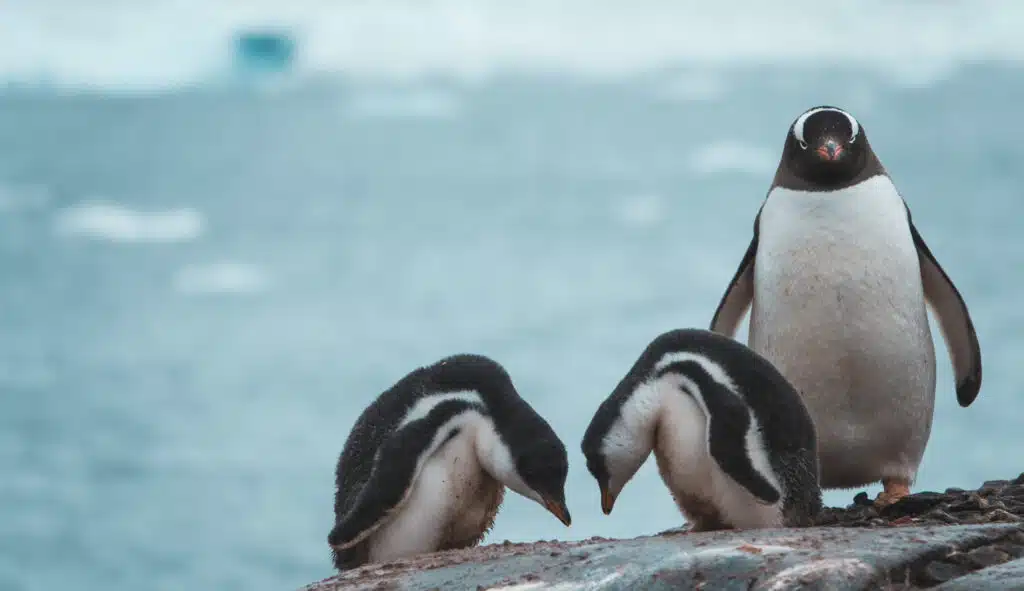
If you have any questions about visiting Antarctica, drop a comment down below and I’ll happily answer them!
You may also like:

